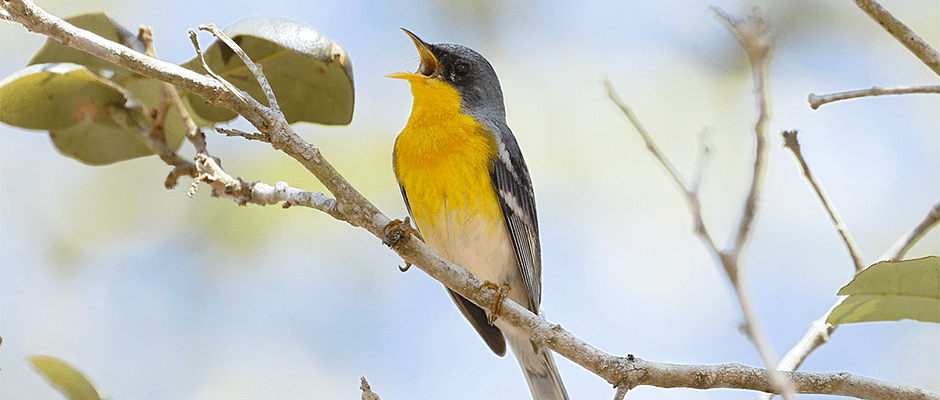Share this article
Caesar Kleberg Keynote tackles conservation funding
As public funding for conservation appears to be dwindling and the need for projects increases, a panel of speakers at the TWS 25th Annual Conference in Cleveland offer glimpses into where future conservation dollars might come from.
The Caesar Kleberg Keynote: The Future Funding for Wildlife Conservation will look at four models that bring in funds from nontraditional sources. The common denominator for all of them is private dollars for a profession that has historically relied on public funding, said David Hewitt, executive director of the Caesar Kleberg Wildlife Research Institute at Texas A&M University-Kingsville, which is sponsoring the keynote and is a platinum sponsor of the conference.
The keynote takes place Thursday, Oct. 10 from 10:20 a.m. to 11:50 p.m. at the Huntington Convention Center.
“There are projections of less money being available, and it’s obvious there is more and more conservation work that needs to be done,” Hewitt said.
His own organization is one of the success stories he wants to share. Although the nonprofit wildlife research institute is affiliated with Texas A&M’s Kingsville campus, most of its budget comes from private funds, primarily through endowments and annual gifts.
“It’s really opened up a lot of potential to do research and educate future wildlife professionals to meet wildlife management goals in in Texas and other areas,” Hewitt said. “What we’ve come to realize is that this conservation and wildlife work matters to a lot of people and they’re willing to put money toward it in some unconventional ways.”
Among those people is billionaire philanthropist Ted Turner, whose Turner Endangered Species Fund has become an important player in conserving biodiversity and fighting extinction. Mike Phillips, the organization’s executive director and a Montana state senator, will discuss its work and the role philanthropists can play in conservation.
“That’s a model of tying into private money and the passion of somebody who has the ability to make a difference in the world,” Hewitt said.
For graduating students looking for a career in wildlife conservation, it’s also an example of the options that lie beyond state and federal agencies, he said, “another entity doing the kind of work that needs to get done.”
Industry funds are also an increasing source of conservation funding, Hewitt said. Incoming TWS President Darren Miller will share the work of the National Council for Air and Stream Improvement, Inc., an organization funded by the timber industry that supports conservation efforts and research.
As he looked into it, Hewitt said, he discovered many of his colleagues were doing work funded by the organization. “It just seemed like an alternative model to get done what we needed to get done in our research and on the management side.”
Another organization turning to industry funding is The Wildlife Society itself, Hewitt said. TWS CEO Ed Thompson will discuss the organization’s ability to use funding from sponsors, including corporate sponsors like Bayer Bee Care and Duke Energy, to support its work.
For biologists who have historically relied on public funds, private funding may open up new avenues, Hewitt said. “I don’t see this model replacing public funding, but it opens up new models to do more. It seems like there’s more and more that has to be done to meet our conservation needs. It’s incumbent on us to find the resources to fill those gaps.”
Header Image: A tropical parula (Setophaga pitiayumi) sings on the King Ranch in Texas, where the Caesar Kleberg Wildlife Research Institute conducts research. ©Julio Mulero








